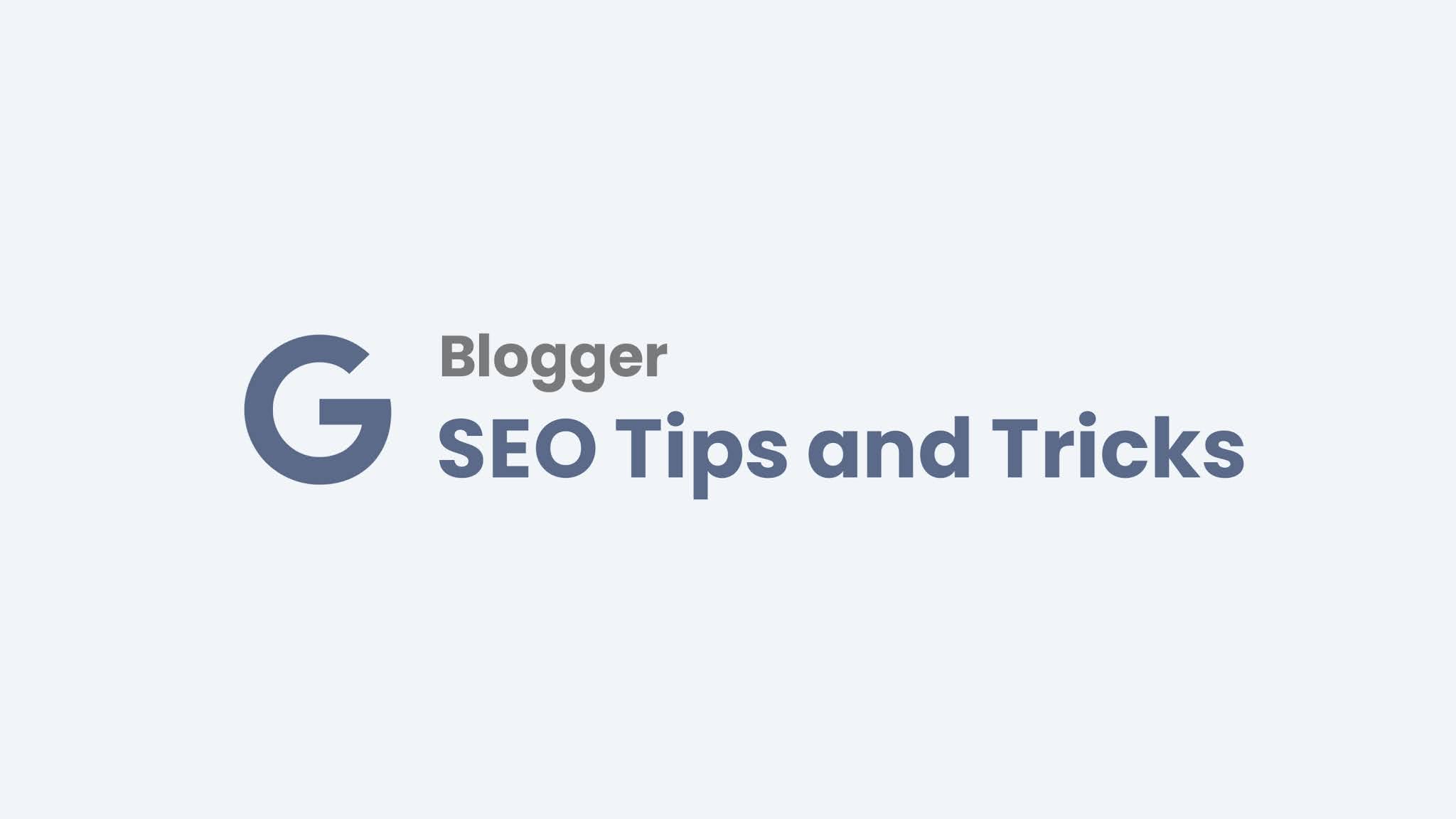If you are using the blogger blog to blog let no one make fun of you by saying that you will not make it without migrating to WordPress. SEO is now fully compatible with a blogger blog so easily. Are you a pro and you want to make it to the search results so prominent, follow the Blogger Blog SEO Tips & Tricks Full Setup Tutorial and know how you will transform your blogger blog to become a decryption SEO website.
Blogger blog SEO is mainly done by code which needs much attention than WordPress, but this can be the easiest way. Let's Dig in the Tips & Tricks of the blogger blog blogging environment and know exactly what you need to be the best blogger website.The following list is the Full List Of the SEO practices of tips and tricks that you need to carry on your blogger blog this year of 2021. If you are done with using the ideas by implementing them, then i assure you better ranking in search results so easily.
1. Quality Meta Description
- Should contain the main keyword for the page, followed by a brief description of the page content
- Should be less than 65 characters
- Avoid using stop words such as: a, am, an, and, are, as, at, be, by, com, de, en, for, from, how, in, is, it, la, of, on, or, that, the, this, to, was, what, when, where, who, will, with, www, we, you, your, me, mine, my, i
- Your title tag should also be limited to the use of alphanumeric characters, hyphens, and commas
2. Proper Meta Keywords
- Should contain information about the page's content and persuade the search engine users to visit your web site. The best meta description should contain what is in the post content to enhance the SEO of the meta description to avoid going off topic.
- Between 25 and 35 words in length. This means that every sentence should not be longer than two lines on your post page.
- The meta descriptions should contain keywords in the different instances. Its advisable to make sure the keywords should be the ones to start in the meta description to make it better optimized.
- You may use Google's Keyword Tool: https://adwords.googlecom/o/KeywordTool
3. Use H1 Heading
- Should contain between 5-10 keywords or keyword phrases that are also found in page content.
- Should use at least one H1 heading tag for the search engines that examine it when scanning your site.
- Pages must have 300 words.
4. Have Blogger Sitemaps
- Each page of your site should contain links to every other page so search engine spiders can find every page. This is a critical step for the proper indexing and Page-rank distribution of your site.
5. Use robots.txt In Blogger
- It's important to use two site maps for your website--an XML version and a static version. The XML version can be created with search engine visibility's sitemap tool. The static version should sit on a static HTML page and contain links to every other page.
6. Create Unique Content
- Because search engines treat web sites as a grouping of pages and not a single entity, each page on your site should be unique so that the tags and content differ between each page. Doing so increases the number of pages that will rank.
7. Use Proper Image Tag (Alt)
- Each page should include a relevant image with a roper image tag. This makes your page more visually appealing and enables search engines to catalog the image.
- If an image cannot be displayed (wrong src, slow connection, etc), the alt attribute provides alternative information. Using keywords and human-readable captions in the alt attributes is a good SEO practice because search engines cannot really see the images. For images with a decorative role (bullets, round corners, etc) you are advised to use an empty alt or a CSS background image.
8. Limit HTTP Requests
- Your page must have no more than 20 HTTP requests. You can try reducing HTTP requests through various methods such as using text instead of images, using CSS sprites, using data URLs instead of images, or combining several external files together into one.
- Recommended page size is under 33 Kb. This leads to a faster page loading time than average.
- Check your URL and in-page URLs for underscore characters. The general advice is to use hyphens or dashes (-) rather than underscores (_). Google treats hyphens as separators between words in a URL – unlike underscores.
- Check if your page is connected to at least one of the most important social networks. Social signals are getting increasing importance as ranking factors for search engines because it leverages the social intelligence (via our interactions) to determine more accurate relevancy for searches. That's why connecting your website to a social network is a must nowadays to make sure your site is socially enabled.

